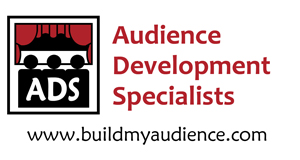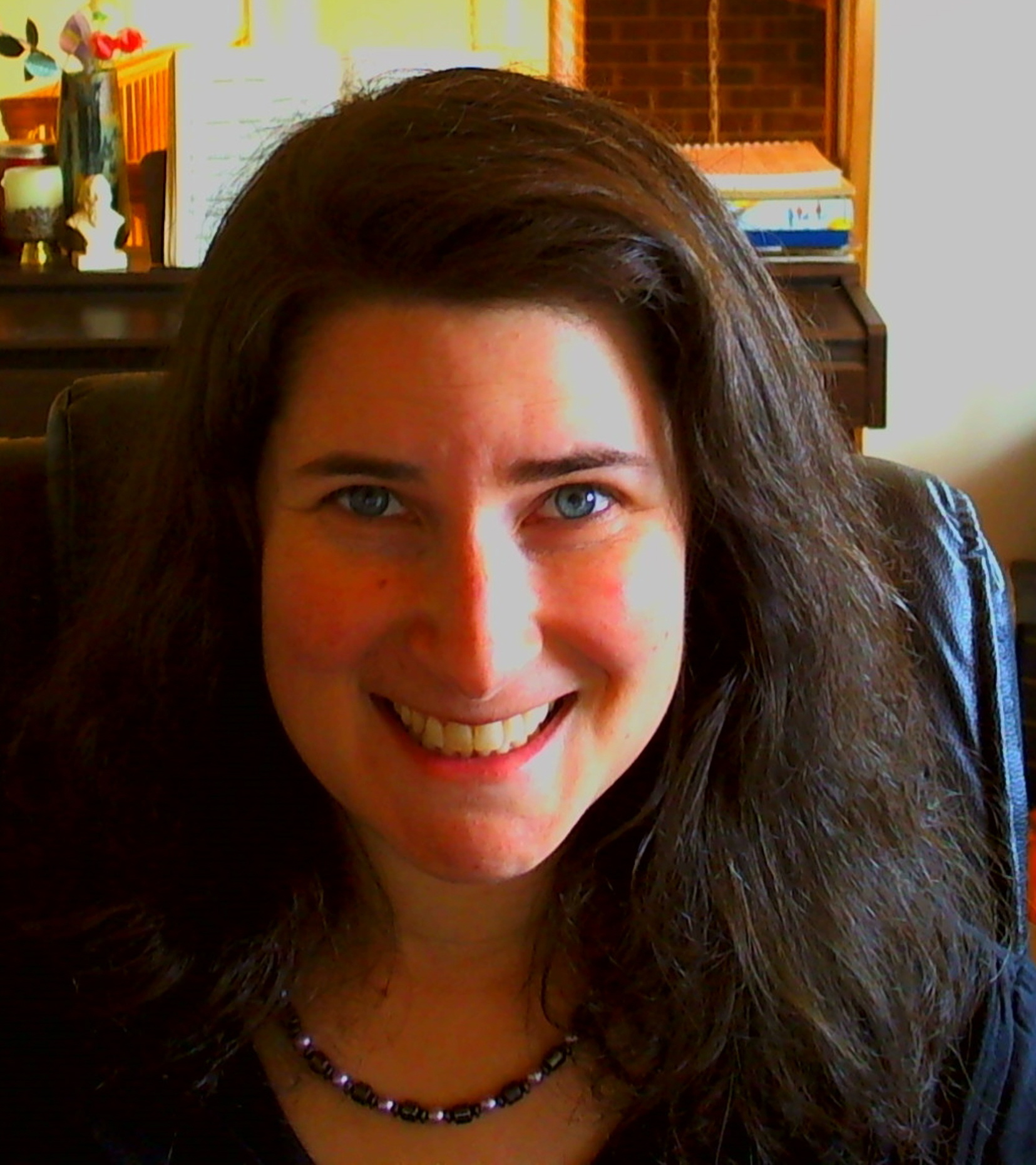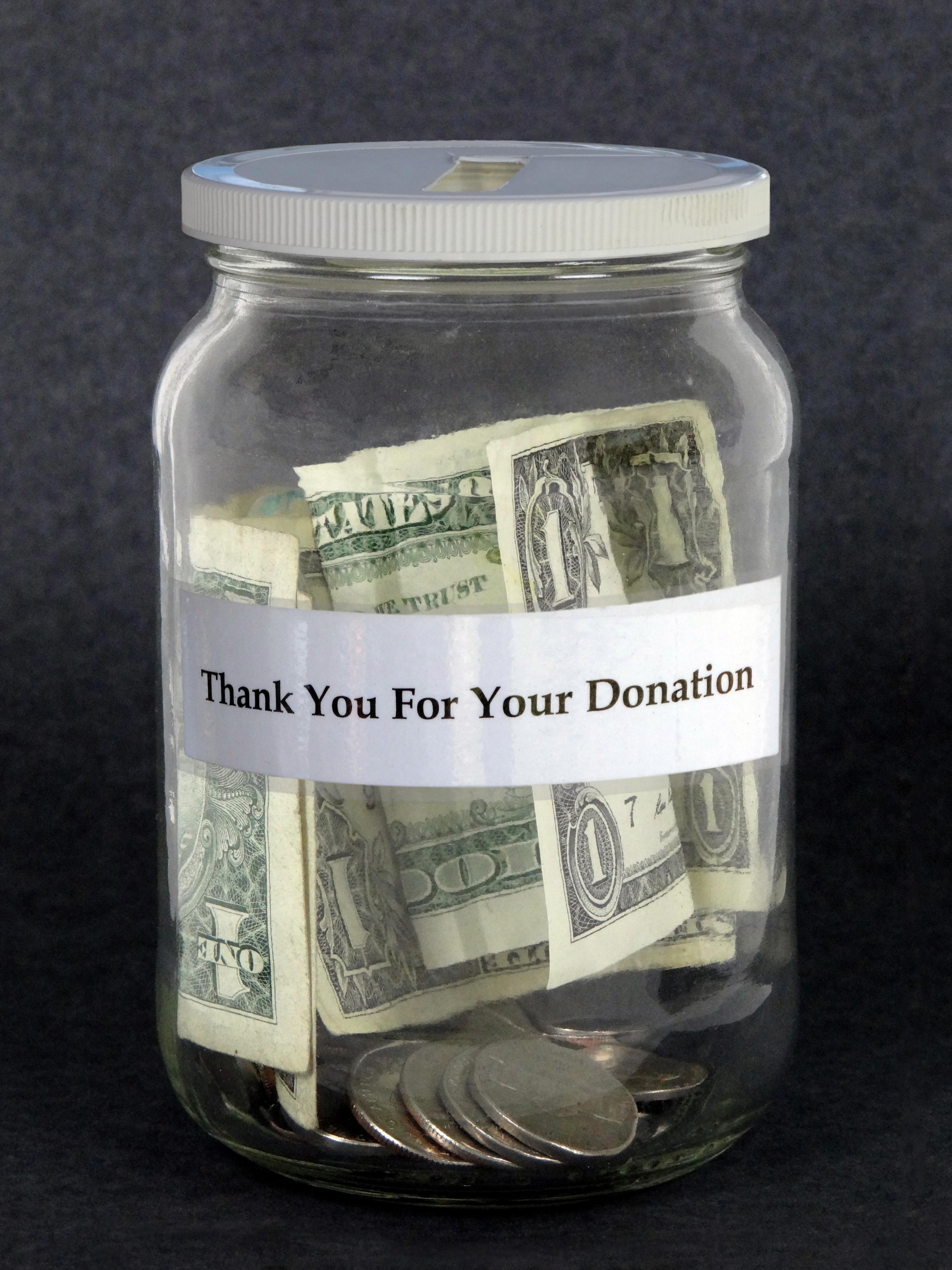I have been thinking a great deal lately about the differences between audience development and marketing. I have also been thinking about why audience development can save the arts vs. marketing. I feel that there needs a shift to take place, to put resources and staff capacity towards audience development, but right now, most artists and organizations are still thinking in terms of marketing.
So, let’s examine what marketing is:
From Wikipedia –
Marketing is a business term referring to the promotion of products, advertising, pricing, distribution channels, and branding. The term developed from the original meaning which referred literally to going to market, as in shopping, or going to a market to sell goods or services. The American Marketing Association (AMA) states, “Marketing is an organizational function and a set of processes for creating, communicating and delivering value to customers and for managing customer relationships in ways that benefit the organization and its stakeholders.”
In the early 1960s, Professor Neil Borden at Harvard Business School identified a number of company performance actions that can influence the consumer decision to purchase goods or services. Borden suggested that all those actions of the company represented a “Marketing Mix”. Professor E. Jerome McCarthy, also at the Harvard Business School in the early 1960s, suggested that the Marketing Mix contained 4 elements: product, price, place and promotion.
- Product: The product aspects of marketing deal with the specifications of the actual goods or services, and how it relates to the end-user‘s needs and wants. The scope of a product generally includes supporting elements such as warranties, guarantees, and support.
- Pricing: This refers to the process of setting a price for a product, including discounts. The price need not be monetary – it can simply be what is exchanged for the product or services, e.g. time, energy, or attention.
- Promotion: This includes advertising, sales promotion, publicity, and personal selling, branding and refers to the various methods of promoting the product, brand, or company.
- Placement (or distribution): refers to how the product gets to the customer; for example, point-of-sale placement or retailing. This fourth P has also sometimes been called Place, referring to the channel by which a product or service is sold (e.g. online vs. retail), which geographic region or industry, to which segment (young adults, families, business people), etc. also referring to how the environment in which the product is sold in can affect sales.
These four elements are often referred to as the marketing mix,[1] which a marketer can use to craft a marketing plan.
vs. Audience Development (my definition):
Audience Development is the building of relationships with your existing and potential audiences, through the use of specific audience relations programs, in order for them to become more involved with your organization and/or art form. It is the use of what I like to call, the 4 C’s: Community, Connections, Collaborations, and Caring.
In view of these two definitions, it seems to me that marketing is creating and promoting a product that you think your audience is going to want. Marketing is about creating for your audience to benefit the organization. Audience Development, on the other hand, is working with and creating with the audience to benefit both the organization and the audience.
Marketing is about getting the information out. Audience Development also gets the information out, but usually uses networking and personal approaches instead of the more costly mass advertising that may or may not work. I like to call these programs and ideas audience relations programs. The personal approach usually does work. For example many people would agree that word of mouth is still the best advertisement of them all. Word of mouth is about relationships, thus it is a part of audience development.
Now a good marketer uses audience development, meaning that they attempt to build relationships with their customers. However, audience development, although it can tweak marketing techniques to be more personal, does not have to use typical marketing to be effective.
When I was a marketing director, it wasn’t until I added in audience development components that I saw a major difference in my audience. To be honest, it was the audience development that helped me to sell out a show, not the marketing.
In these economic times we also need to consider the costs of marketing vs. audience development.
Marketing is pricey. An average ad can cost $500. It usually takes 9 times (9 ads) for a person to purchase (3 times to get their attention, 3 times to get them to consider, and 3 times to actually purchase). This adds up to $4500 per campaign. Some marketers use even more money per campaign.
Audience development, on the other hand, starts at free or as little as a cup of coffee. Plus you have the benefit of the 3-10 people rule. If someone has an extremely negative or positive experience, they usually will tell 3-10 people about it. So for free, you can get a referral that is going to mean more to a potential audience member than a non-personal sales ad coming from you.
So in this day and age when people are wanting to get back to relating to each other, and considering the tough economic times, I would choose to transfer a little bit of money and a little time and effort towards an audience development plan. Audience development can accomplish the same as marketing, it costs less, is more cost effective in the long run, and will build relationships with people that can be turned into major supporters of your art or art organizations. Of course, the very best choice would be to use both marketing and audience development side by side.
Until next time, may your audiences be happy and loyal ones, and if they are not, feel free to contact me!
~Shoshana~
Shoshana Fanizza is the founder of Audience Development Specialists. Her mission is to introduce organizations to their existing and potential audiences and to help them to form more rewarding relationships.
www.buildmyaudience.com
E-mazing Audience Development News – sign up today!
New Audience Development Book Store!
Audience Development Book Bag – A cost effective way to learn about audience development, arts marketing and arts management.




